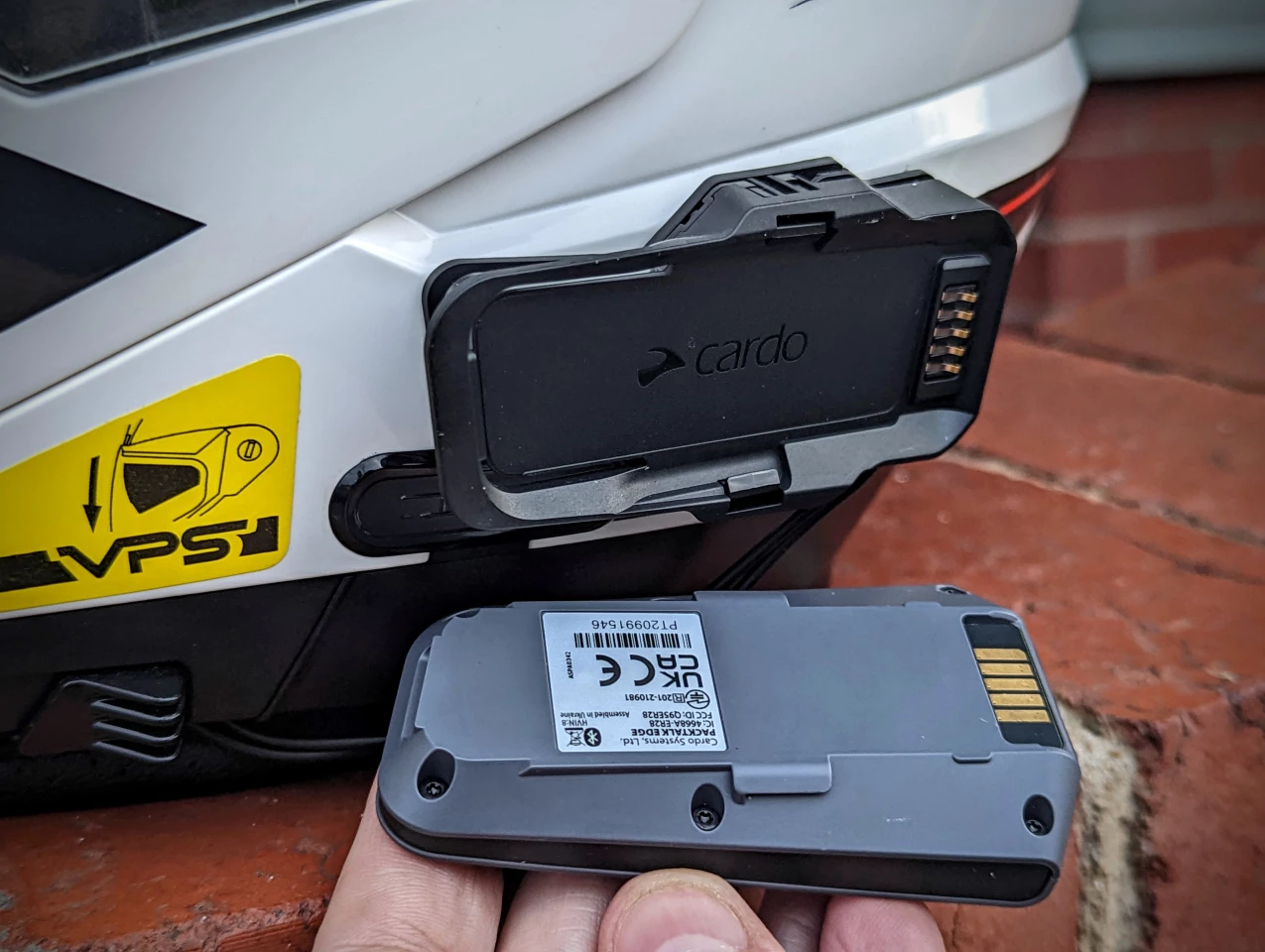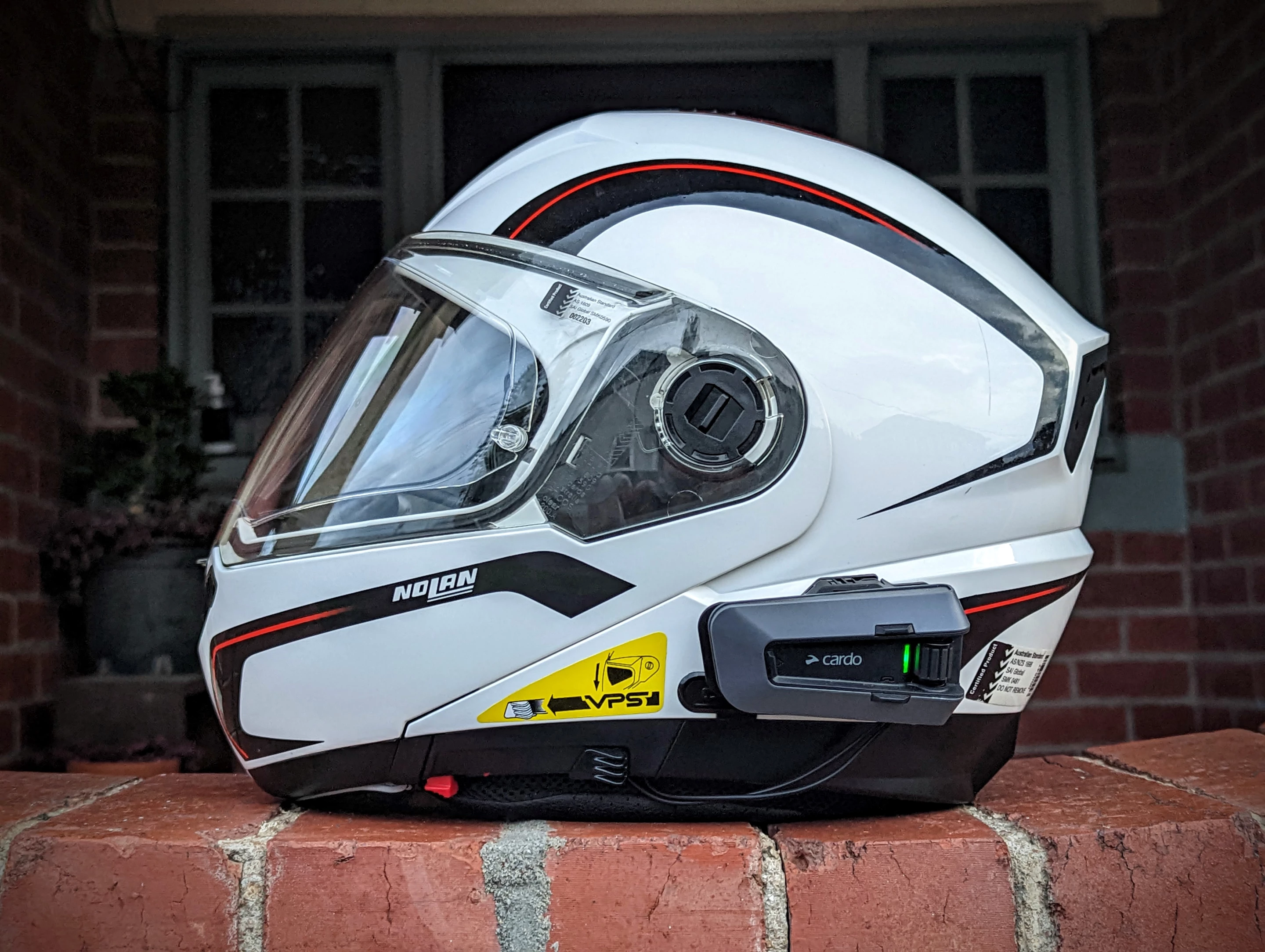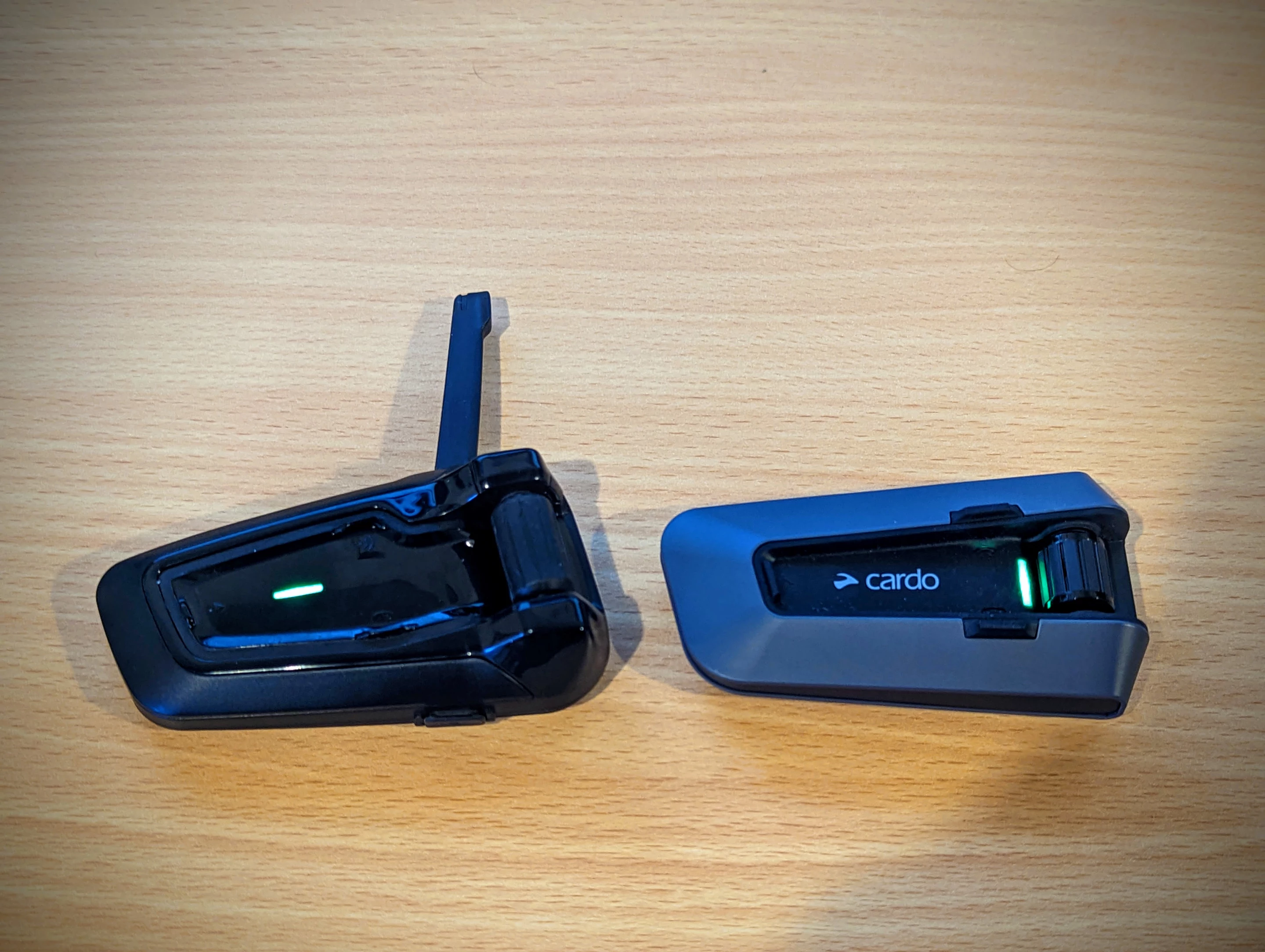There are certain motorcyclists who are fundamentally, ideologically opposed to Bluetooth communications headsets, and indeed any other device that could muddy the pristine headspace they seek on the open road. This is a perfectly valid point of view, and proponents are free to espouse it loudly in the comments section below, as is customary.
The rest of us seem to love the things. I consider them a fair bit more useful than a Bluetooth system in a car, because the good ones give you voice-controlled access to a huge range of information, entertainment and functionality that you'd otherwise need to pull over to get to. And they turn the fundamentally isolating experience of riding motorcycles into a much more social one, not to mention safer and often faster, since you no longer need to resort to interpretive dance to get messages to your riding buddies.
The top end of the market – where you'll find self-healing mesh networks and all sorts of other goodies – is dominated by Pennsylvania's Cardo Systems, originators of the technology, and Korean-born, California-headquartered Sena Technologies. And yet for many riders, there's no competition between these brands. That's because, while these two brands' headsets can connect with one another for intercom purposes, the voice quality is pretty awful, particularly compared to the crystal-clear, high-definition audio you get going Cardo to Cardo or Sena to Sena.

In June this year, Cardo announced an "industry-wide agreement" on an "Open Bluetooth Intercom" standard that would allow seamless cross-brand connectivity – but while Sena was invited to participate, it hasn't signed up. We can't find any official comments, so for the time being, we reviewers can only recommend you get yourself the same brand of intercom that your mates are using.
If that's Cardo, there's a new top dog in town. Replacing the Packtalk Black, which impressed us as our first Cardo experience in 2020, is 2022's flagship Packtalk Edge. It's not what you'd call a blockbuster of an update – the Edge looks pretty dang similar to the Black, and does more or less the same stuff. Indeed, if you're rocking a late-model Packtalk device that's working fine, we couldn't consider this an essential upgrade. But having spent the last month or so riding around with a duo pack of Edges that Cardo was kind enough to send us, we can definitely appreciate the many subtle and not-so-subtle improvements that make this a clear step forward, and we'd find it hard to go back.
First off, there's no pop-up antenna. That's nice; the pop-up antenna is one of two key physical vulnerabilities of any motorcycle helmet intercom. The Edge gets away with no antenna, and loses none of its prodigious 1-mile (1.6-km) line-of-sight range as a result. Terrific. It's also slightly smaller and slimmer in every dimension, as well as a bit lighter, which is certainly good for something that's going to hang off the side of your head, although I can't say I really notice the difference.

The second vulnerability is the USB charge port, which is protected by a little rubber flap from getting water in it. The Edge gets a USB-C port instead of the old Micro-USB, and that's a great step forward, since it's now in line with the chargers most non-Apple phones use, and it charges noticeably faster than the old model. But its little rubber flap is harder to open and quite tricky to close properly. Mind you, I get why Cardo hasn't gone to some sort of charging dock that could leave the whole unit sealed – if you've got a USB port on your bike, you can plug it in and charge as you ride, and that definitely comes in handy.
The Edge now uses a magnetic "Air Mount" to connect to the base plate on your helmet. And if you were worried that magnets wouldn't hold it on properly, you can put that one to bed. It locks in with a regular snap clip and it's notably harder to get off its mount than the Black model. But boy is it nice to put on; Cardo has not skimped on the magnets here, it just about leaps out of your hand to snap onto the plate. Hell, you can throw this unit on like a sticky bomb if you're game. In my experience, though, this does little to impress other motorcyclists.
Where the Bold and Black used Bluetooth 4.1, the Packtalk Edge steps up to Bluetooth 5.2 – which makes it fast enough to do wireless software updates. And lordy, this makes a difference when it's time to pair it too, either to another Edge as an intercom, or to a phone. I'd more or less accepted with older intercoms that the pairing process involved a bit of standing around, getting out the phone app, tapping toes, making faces and copping withering flak from the old boys who think intercoms are for nerds. The Edge is paired up and ready to go in seconds; frankly, I felt a bit bad for the luddites, robbed as they were of the opportunity to give me a hard time, which was incidentally the last chance they'd get to talk to anyone for the next couple hours on the road, the poor dears.

Cardo says it's upgraded the noise-cancelling mics – maybe it has, I thought the old ones were supernaturally good, nobody I've spoken to on the phone on either Cardo unit has had any idea I was pulling wheelies as we chatted. Likewise the natural voice command system, but here as well the old "hey Cardo" worked significantly better than "hey Google" to begin with. It used to be so good that I never bothered memorizing how Cardo's physical button system works, and... it's still at least that good in my estimation – and so fast now that it seems to do things almost before I'm done talking to it. I continue to have no plans to learn the buttons.
The dynamic mesh communication (DMC) intercom system has also been upgraded to its 2nd generation. Cardo says this allows for improved audio quality (it sounds great), super-fast one-button pairing with no designated group leader (check), and the ability to add non-Cardo riders into group chats provided they stay close to the rider they're paired to (I didn't get a chance to test this.) Otherwise, the mesh network operates as cleverly as ever, keeping up to 16 riders connected in a group chat if there's not a huge gap between any two nodes, breaking up into separate networks when the group gets split up, merging back together when back within range, and letting you break off into a private chat with another rider you've pre-selected through the app beforehand.
Another nice practical touch is that when you turn the Edge off, it tells you its battery status – at least, rounded to the nearest quarter, through an audio prompt. That's such a good idea, it reminds you to charge the thing at exactly the right time.

In one welcome way, the Edge is a step back from the Black; its JBL-issued speakers go back to 40 mm rather than 45 mm in diameter. That's probably good for most riders; the 45 mm ones might've offered a tad more bass, but the cutouts in most of my helmets weren't big enough to house them, and in the end they were a real squeeze. If the Edge has lost any audio quality as a result, it's hard to tell. The sound is loud and clear, and if you use earplugs, which I'd heartily recommend, you can boost it even higher with high volume mode. It's not a hi-fi music system on the highway, though – the wind noise is just too much. But audiophiles get the simple option of plugging a set of molded in-ear monitors into the 3.5 mm jack the speakers plug into, so there's a very easy way to get yourself near-total isolation from external noise and an exceptionally nice listening experience.
Otherwise, it's business as usual. 13-odd hours of talk time to a charge will easily see most people through a week's commuting, or a couple of pretty decent days on the open road. There's a built-in FM radio, as well as the ability to stream audio from your phone, and even share it with others in your intercom group. Automatic volume scaling works so seamlessly you forget it's there, turning the sound up and down in response to ambient wind noise. And through Siri or Hey Google, you've got access to all the vaunted powers of your smartphone, hands-free, if you can get the darn things to understand what you want.
So yes, we wouldn't consider this a critical upgrade for most folk if you're rocking a Packtalk Black or Bold. But if you're choosing between them, the Edge's sheer speed and DMC gen-2 future-proofing alone make it well worth the US$50 premium you'll pay over the older models now. At $389.95 apiece, or $699 for a pair, these are up there; they equal the cost of some pretty decent helmets. But Cardo makes excellent quality gear, and the Packtalk Edge is the latest, greatest and best headset this company has made to date. If you've got the cash, and enough Packtalk-packin' riding buddies for the DMC system to come into its own, this is the one to buy.
Cardo has supplied an in-depth tutorial video if you want to know more in detail, check it out below.
Product page: Cardo










